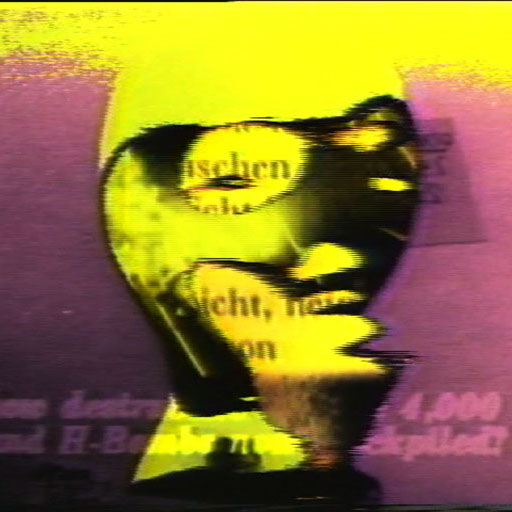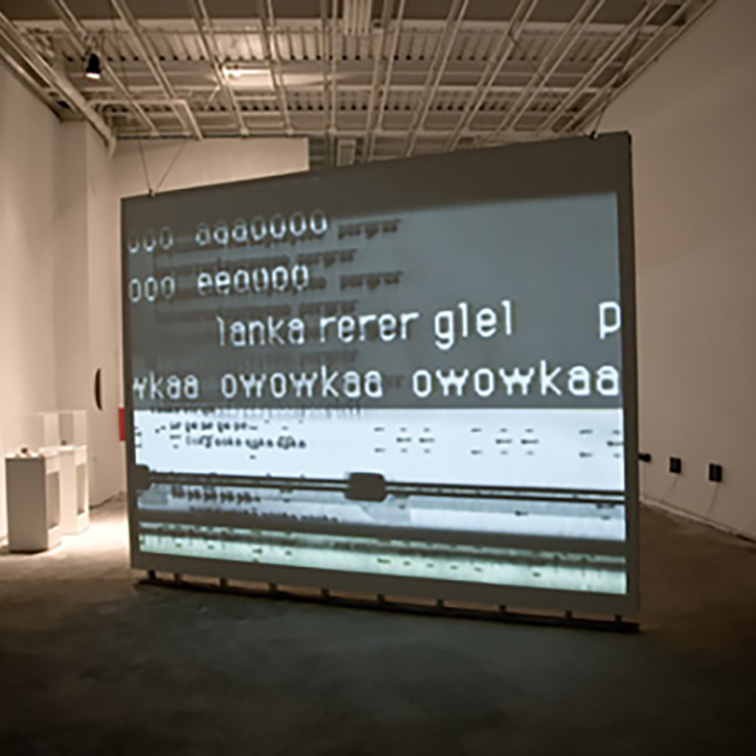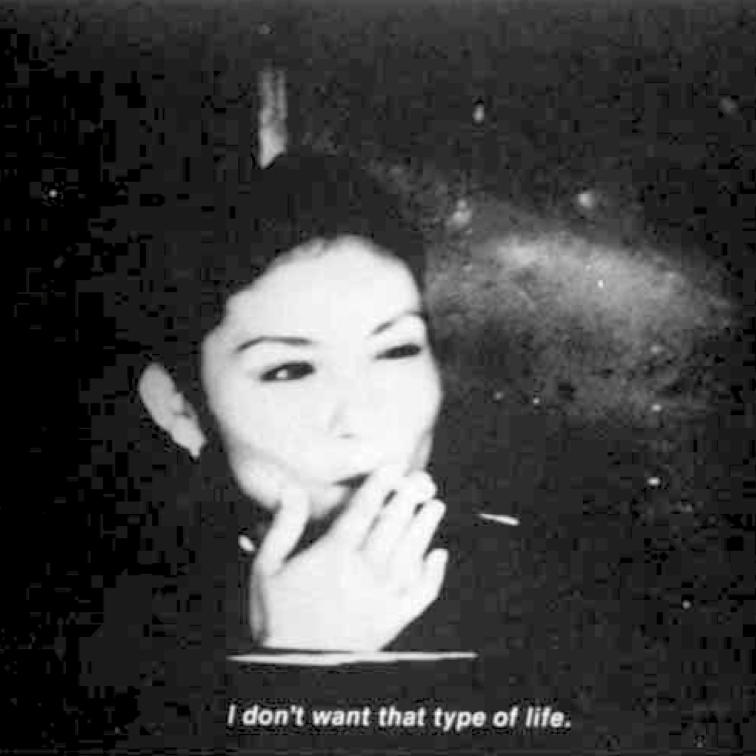VIDEO
Since the 1980s, I have conceptualized, articulated and worked within a new genre of video art for which I have coined the term “aesthetic ethnography.” This term refers to processes and form which attempt to illuminate people and cultures in specific historical moments and places through an aesthetic rather than a scientific methodology. Aesthetic ethnography is a hybrid intellectual art form which exists at the margins of video art, anthropology and cultural studies. At the conceptual level, the pieces within this genre explore the margins between fact and fiction–excavating the subjective and creative dynamic of historical memory. The work centers upon the intersection between individuals and cultures and focuses not on what happened collectively or individually but on how what happened has been cast up–by individuals, by cultures.
-Hans Breder, Threshold states
Hans Breder’s videos are archived at the Video Data Bank (VDB) in Chicago.
| Click for a complete video list 1967-2017 |

|

|

|
|
under a malicious sky, 1988
Like Celan’s words, the images mix fragments of the real and imaginary in a hermetic effort to express the quest for a visual text that is at once personal reflection and cultural criticism. -John Hanhardt, 1989 
Portrait of Rosa, 1981 “Portrait of Rosa” derives from interviews with two urban squatter families in Oaxaca, Mexico in 1981 and also from excerpts from the video “Pictura Minuta: Portraits of the Urban Poor” by Hans Breder. In 1991, Hans Breder and Barbara Welch created a text version of Portrait of Rosa/Retrato de Rosa for Rethinking Marxism: A Journal of Economics, Culture & Society. DOI: 10.1080/08935699108657953 Read moreText My grandmother and mother told me that to be a mother is to be like a dog. But I would rather be a mother than a dog. The Virgin of Juquilla has made many miracles. I can’t explain where the Virgin of Juquilla gets her power. One is born with faith and the belief that she has power. We have almost a blind faith in the Virgin. When my daughter was about four years old I begged the Virgin not to let her die and that I would take my daughter to her so that the Virgin could see her. My daughter grew up and I wanted to take her to the Virgin but I did not keep my promise, I was always pregnant or had to work and so I could never do it. And then my daughter died. I hope that my girls will be able to really make progress and that their lives will be much easier-not as many problems as I had. If they can work they will be able to get a higher standing. If God will allow this and if they can marry someone who will also work, their life will be easier. If some of them don’t get married, it’s alright. They can work and have an economic base. Men and women have the same rights. Boy-child or girl-child, they have the same rights. Only the little girl is more complicated, You have to give them more love. The girl-child needs more cuddling. The little boy is different, He arrives and says, “Daddy, here I am,” and begins to work. The little girl hugs you and kisses you. That’s the difference. When I had my children . . . I had a little one and then there was another one. I had a two-year-old, a baby and pregnant again. I used to carry one, one would trail behind me and I had one in my stomach. And now that they are big, they are just like mules. My husband used to beat me all the time. But now that I am old, I have become mean. A father, to be a real Father, must know himself what type of person he is himself. If not, he is going to fail. Being a father is like making a drawing, You must already know what type of drawing you would like to make. 1 think a father must think quite well before becoming a father. Before he decides to become a father, he better think about it. If not, he better stay a macho. The head of the family worries about his family. The macho has many families . . . one here, one there, one over there. He does not worry about the education of his children. He worries about his machismo. My husband is scared of me because I told him, “If you hit me one more time, I will beat you.” I even used bad words. And he said, “Oh bitch, where did you get all that courage.” And I said, “You taught me.” |
ursonate, 1986 Ursonate 1986 is the result of a transference process utilizing computer and video technology to transport the 1932 phonetic poem, Ursonate by Kurt Schwitters, from the cultural setting of that period into a contemporary context. In the early part of the century, Dada artists who experienced with phonetic poetry were exploring the concepts of pre-language and pre-consciousness. The title of Schwitters’s piece, Ursonate, can be translated as “primordial sonata.” In Ursonate 1986 video and computer technologies, extensions of the nervous system, are used to parallel and extend Schwitters’s attempts to excavate the roots of language and to articulate the primordial. Repetition creates a pattern. The concept of this piece then is for the listener to get into a state of non-thinking. |
7 + 7, 2015 The sounds of a piano, trombone, and Tibetan singing bowl are digitalized and ingeniously integrated electronically. Breder says the geometrical forms and the music forms are symmetrically arranged, that is, the image and the sound vibrate at the same frequency. The symmetry is maintained even as the audiovisual pulsating forms constantly change, disintegrate and re-integrate into gestalt wholes. Fragments symmetrically align even as they seem asymmetrically odds, and remain dynamically different even as they stabilize into holistic forms. Performed, each chakra seems to be informed by some enigmatic élan vital, made manifest by the changing image and the piercing music. Listen to THE SOUNDTRACK: 7 |
| Scroll to Top |